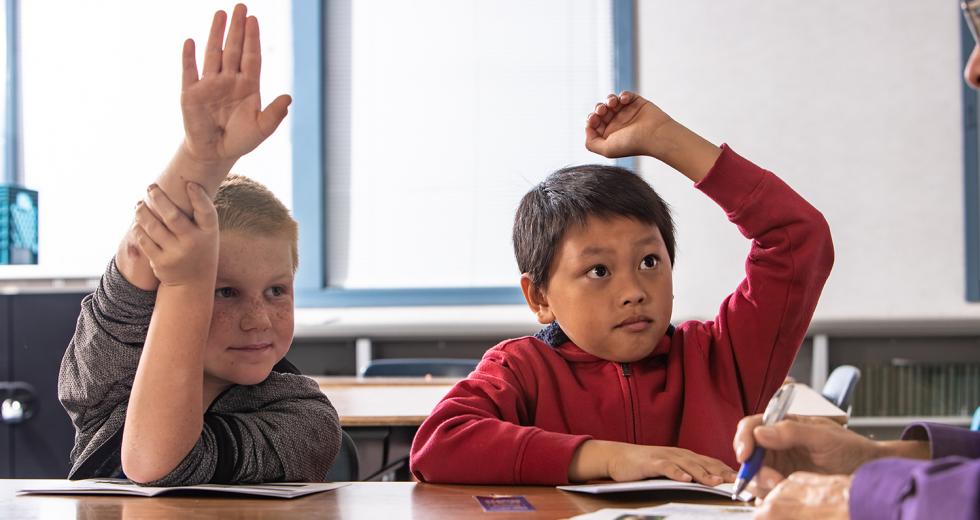United Way’s Square One Project aims to end poverty through early education and collaborating with schools, nonprofit organizations, businesses, government, and families to help kids attend class every day, achieve educational milestones, set high expectations, and have support for their families.
“We bring together multiple community stakeholders to implement programs we’ve determined should best serve a focus area,” says Stephanie McLemore Bray, United Way California Capital Region president and CEO. “Square One uses a ‘place-based’ strategy. We’re currently implementing it in north Sacramento’s Robla School District with 2,300 pre-K through sixth grade students and the highest poverty rate among all Sacramento County school districts.”
A philosophy more than a prescription formula, Square One can be
customized to specific needs. “For example,” says Bray, “Robla
has only 38 percent grade-level literacy among students. So we
have a partnership providing in-class tutoring to increase that
percentage. Another example, one that falls
under our goal to support students’ families, is our partnership
assisting families with finding permanent housing, because 40
percent of Robla students are experiencing housing issues.”
United Way strives to affect system change and sustainability. Programs must make a positive impact and must last, and that is achieved through community engagement. “The community must help us help them — without the buy-in from the community, no program is sustainable,” explains Bray.
“We Strive To End Poverty Using Education As The Lever And Believe Opportunities For Success In School Shouldn’t Be Determined By Where Children Are Born Or Their Skin Color.”
Square One is already successful. Launched with Robla in 2016, the program helped the district see improvement in English language arts and math standards that exceeded both county and state improvement rates for the 2017-18 school year, and also reduced chronic absenteeism by 26 percent.
“We believe that improving education outcomes, especially for low-income students, helps ensure that they won’t live in poverty, a key indicator of our entire region’s economic vitality,” Bray says. “By addressing education today, we’re helping students and our entire community.”



